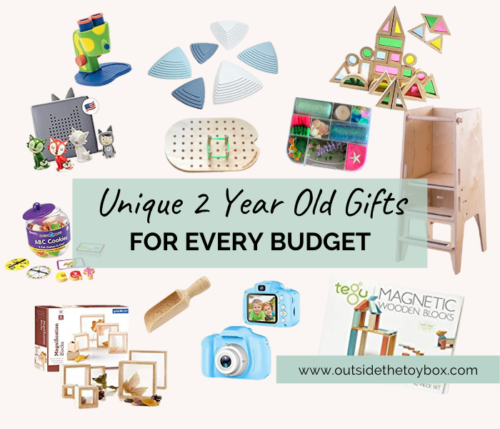
Unique 2 Year Old Gifts for Every Budget
My guess is you are here because you are looking for 2 year old gifts that are a little more unique than the average advertisement from Target or Amazon. Well, I have curated a list that works with any budget, plus aids in development, stands
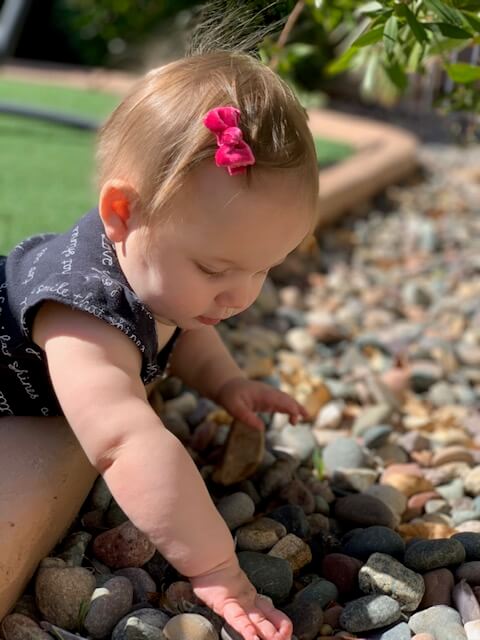
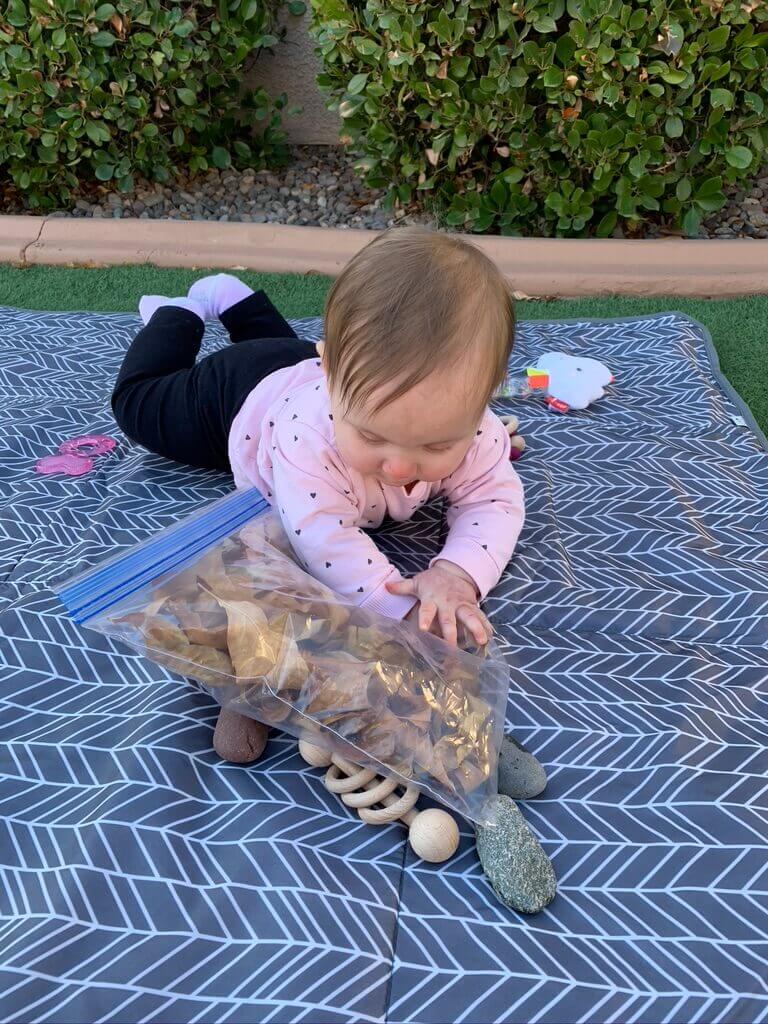
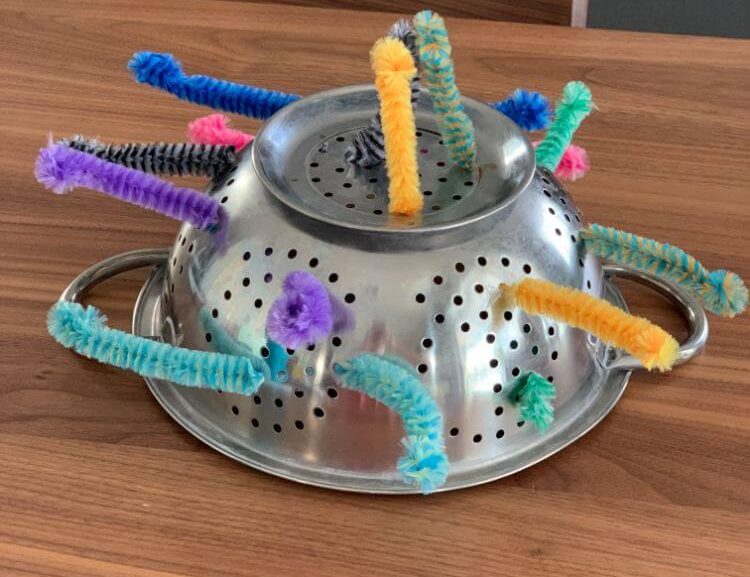
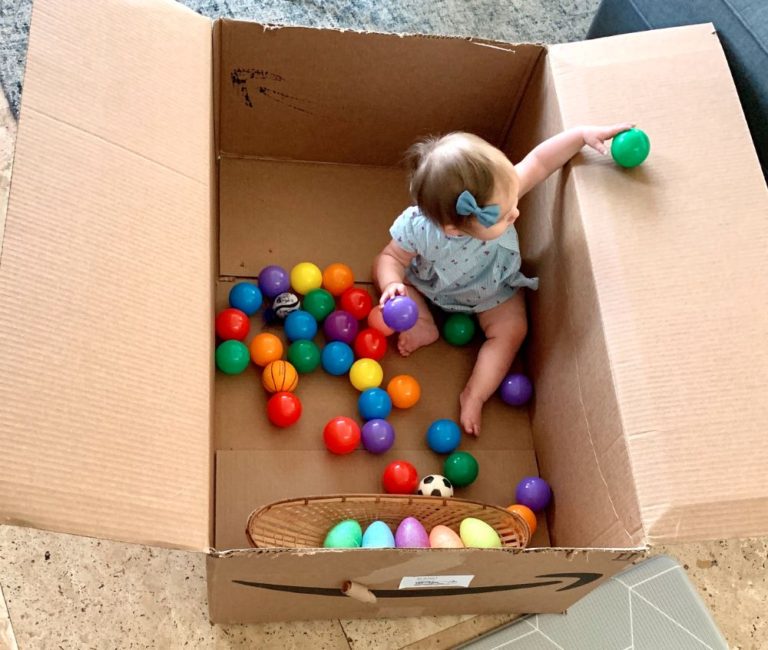

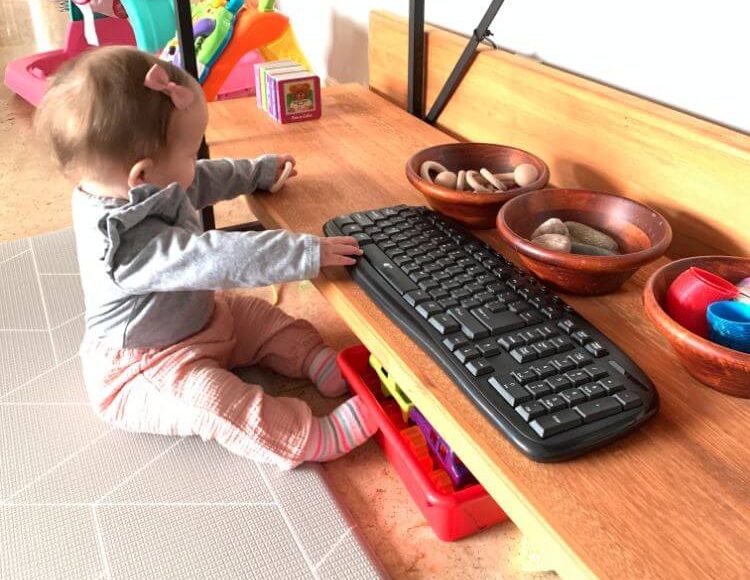
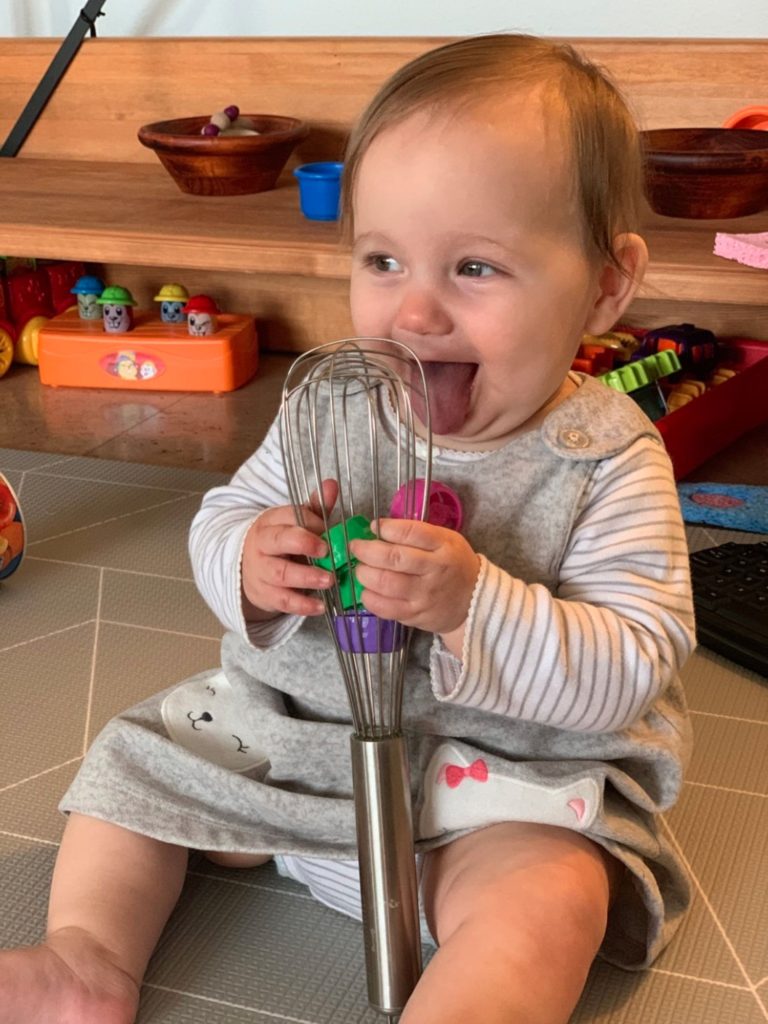
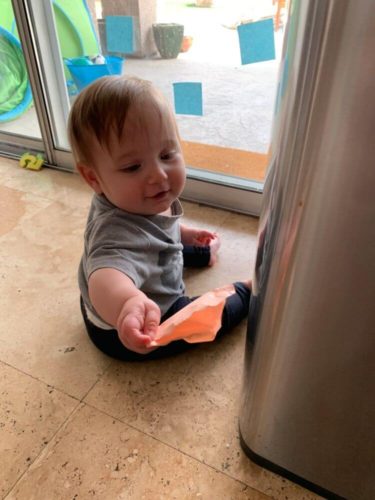
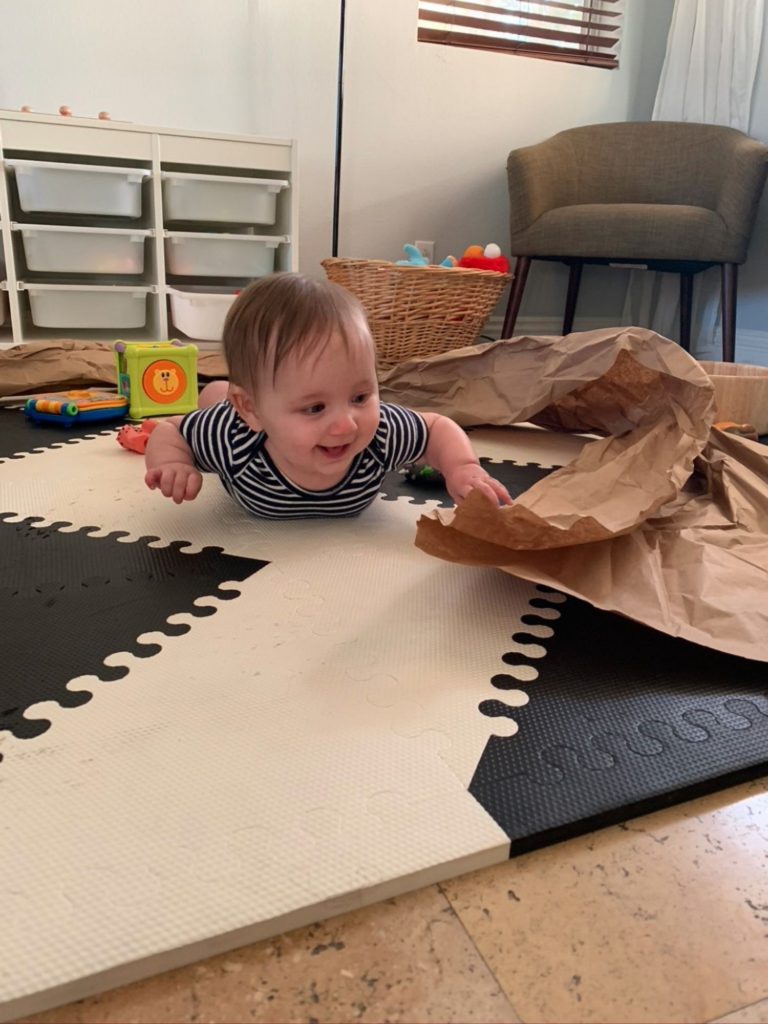
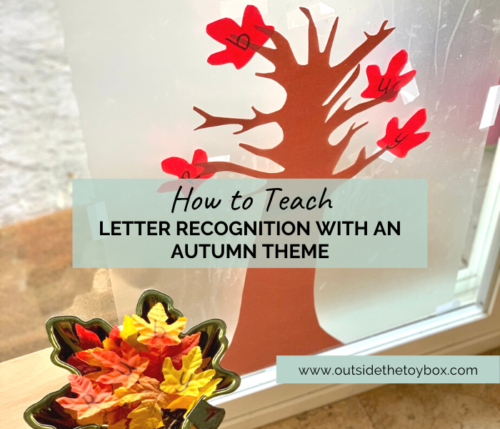
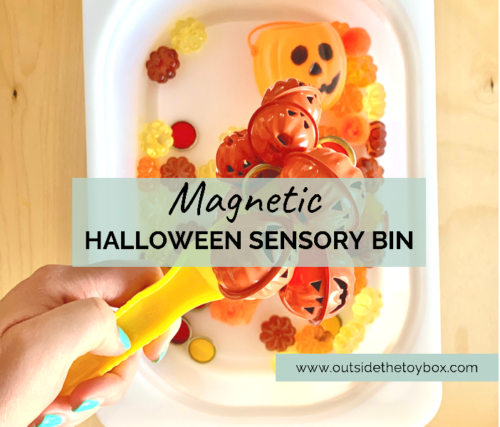
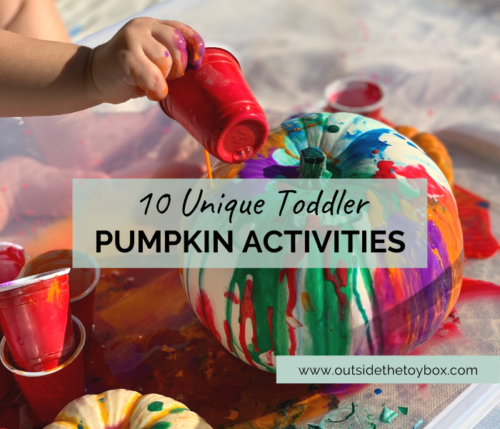
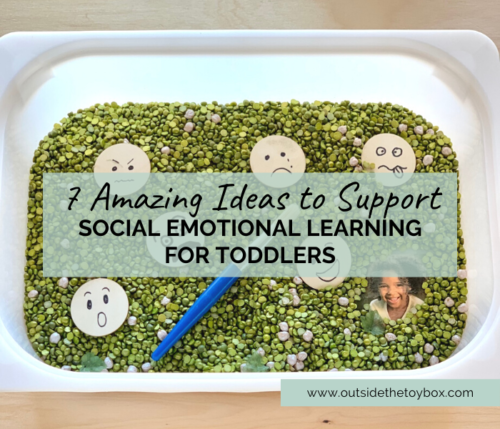
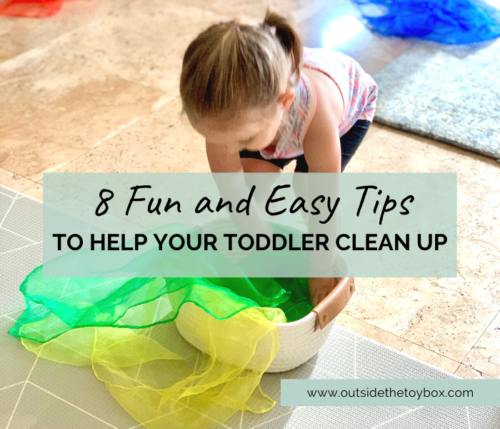
4 thoughts on “Household Objects as Toys”
Thanks for the terrific information for us.
Best regards,
Thompson Raahauge
You’re welcome! Glad you found the information useful.